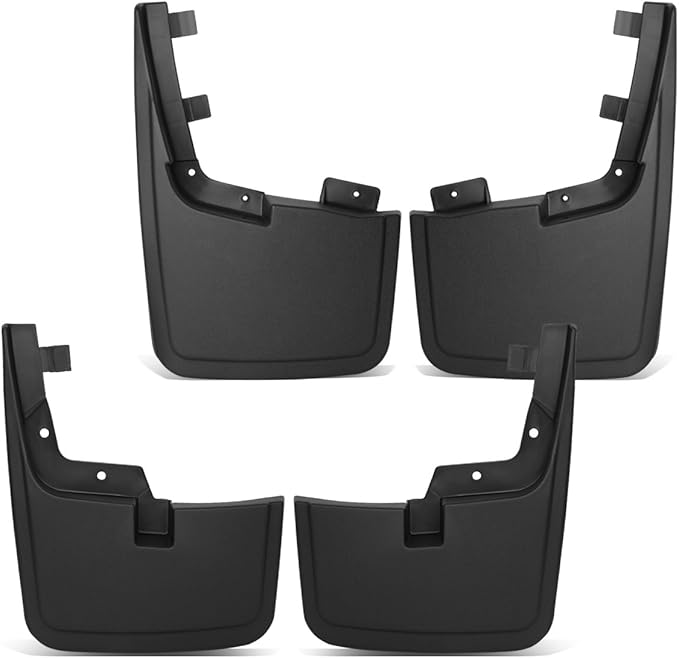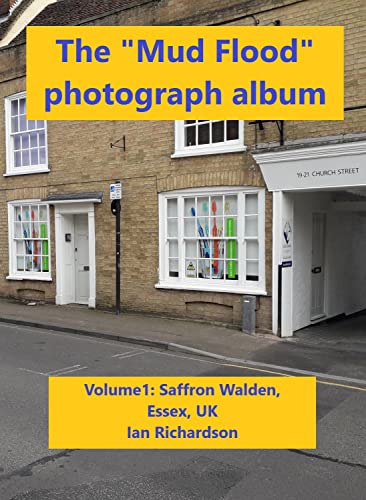Moulding mud, also known as clay or sculpting mud, has long been a medium for artists, educators, and hobbyists alike. Sebastian, a passionate sculptor and educator, has dedicated his career to exploring the diverse possibilities of this versatile material. In this article, we will delve into creative moulding mud projects, exploring techniques, applications, and the benefits of working with this captivating medium. Whether you’re a seasoned artist or a curious beginner, there’s something here for everyone.
Understanding Moulding Mud
Moulding mud comes in various forms, from air-dry clay to polymer clay, each with its unique properties and applications. Understanding these differences is crucial for selecting the right type for your project.
- Air-Dry Clay: This type of clay hardens when exposed to air, eliminating the need for a kiln. It is ideal for beginners and is often used in schools and workshops.
- Polymer Clay: A versatile medium that can be baked in a home oven, polymer clay retains its vibrant colors and can be used for intricate designs.
- Natural Clay: Traditional clay used in pottery and sculpture, requiring a kiln for firing. It’s favored for its workability and durability.
Creative Projects with Sebastian

Sebastian encourages creativity through various projects that cater to different skill levels. Here are some exciting moulding mud projects you might explore:
1. Sculpting Figurines
Creating figurines is a classic project that allows artists to express their creativity. Sebastian often teaches workshops where participants sculpt their favorite characters from stories or personal inspirations.
- Techniques: Basic armature construction, adding details, and texturing the surface.
- Materials Needed: Moulding mud, sculpting tools, and optional paints for finishing touches.
2. Decorative Tiles

Decorative tiles can be a fantastic way to incorporate moulding mud into home decor. Participants can create unique designs that reflect their personal style.
- Techniques: Rolling out clay, using stamps or molds for patterns, and glazing.
- Materials Needed: Moulding mud, rolling pin, stamps, and glazes.
3. Garden Sculptures

Taking creativity outdoors, garden sculptures allow artists to blend art with nature. Sebastian often encourages participants to think about how their pieces will interact with their surroundings.
- Techniques: Coiling, slab building, and incorporating natural elements like stones or leaves.
- Materials Needed: Weather-resistant moulding mud, tools for texturing, and a sealant for protection.
4. Functional Pottery
Creating functional pieces like bowls or mugs not only showcases artistic talent but also results in usable items.
- Techniques: Wheel throwing (if using a pottery wheel), hand-building, and glazing.
- Materials Needed: Pottery clay, wheel (optional), tools for shaping, and glazes.
Benefits of Working with Moulding Mud
Engaging with moulding mud offers numerous benefits, both for personal development and artistic expression:
- Enhances Creativity: The tactile nature of moulding mud inspires spontaneous ideas and fosters innovative thinking.
- Improves Fine Motor Skills: Sculpting requires precision and control, making it an excellent activity for developing hand-eye coordination.
- Stress Relief: The act of moulding and shaping can be therapeutic, helping to reduce anxiety and promote relaxation.
- Encourages Social Interaction: Group projects and workshops provide opportunities to collaborate, share ideas, and build community.
Case Studies: Sebastian’s Workshops in Action

To understand the impact of Sebastian’s creative moulding mud projects, let’s explore a few case studies from his workshops:
Case Study 1: Community Art Initiative

In a recent community initiative, Sebastian organized a week-long workshop for local youth, focusing on creating large-scale sculptures for a public park. The project aimed to encourage teamwork and self-expression.
- Outcome: Participants collaborated to design and construct a series of whimsical animal sculptures, which now serve as interactive art pieces in the park.
- Impact: The project fostered a sense of pride and ownership among the youth, while also beautifying the community space.
Case Study 2: Therapeutic Art Sessions

Sebastian has also conducted therapeutic art sessions for individuals with anxiety and depression. These sessions focus on the calming effects of moulding mud.
- Outcome: Participants reported a significant decrease in anxiety levels and an increased sense of well-being after engaging in the creative process.
- Impact: The sessions provided a safe space for self-expression and emotional healing, demonstrating the therapeutic potential of art.
Getting Started with Moulding Mud
If you’re inspired to start your own moulding mud projects, here are some tips to help you get started:
- Choose the Right Clay: Select a type of moulding mud that suits your project needs and skill level.
- Gather Essential Tools: Invest in basic sculpting tools, including a craft knife, rolling pin, and texture stamps.
- Practice Techniques: Start with simple projects to build your skills before tackling more complex creations.
- Join a Workshop: Consider joining a local workshop or online class to learn from experienced artists like Sebastian.
Exploring creative moulding mud projects with Sebastian opens up a world of artistic possibilities. Whether you’re sculpting figurines, creating decorative tiles, or crafting functional pottery, the process of working with moulding mud can enhance creativity, improve fine motor skills, and provide therapeutic benefits. Through community initiatives and therapeutic sessions, Sebastian demonstrates the profound impact of art on individuals and communities alike.
As you embark on your own creative journey, remember that the beauty of moulding mud lies not only in the final product but in the joy and discovery found throughout the artistic process. Embrace the opportunity to experiment, collaborate, and express yourself through this versatile medium, and you’ll find that the possibilities are as limitless as your imagination.